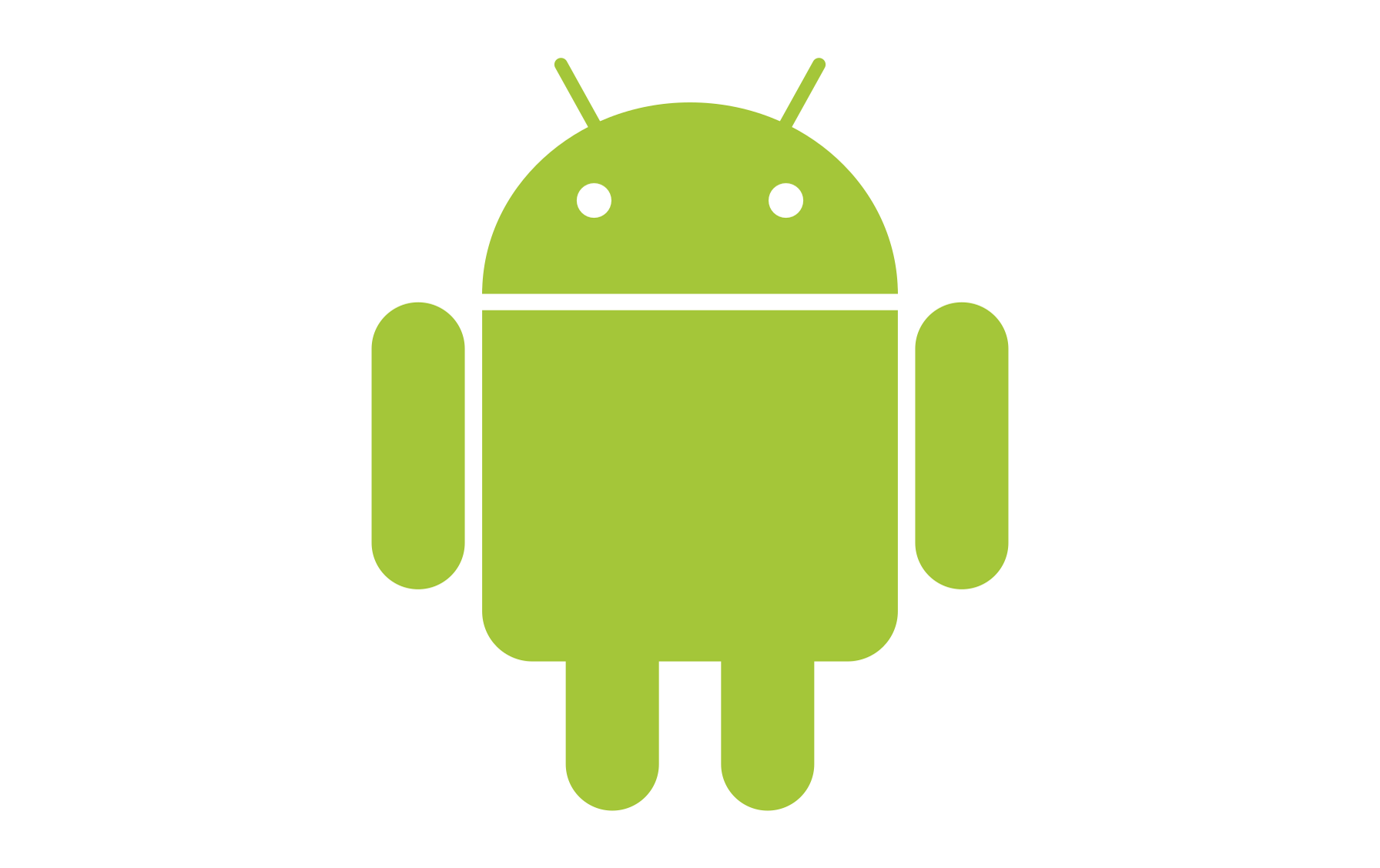With more than one billion device activations, Android has become the most successful operating systems of all time. Be it the strength of its app ecosystem, sheer power of open source, and the ability to customize, Android has witnessed a meteoric rise in just five years. Android started as a small company with its early intentions to develop an advanced operating system for digital cameras. However, it realized that the market for digital cameras was not large enough. And soon the company channelized its efforts towards developing smart mobile platform that would ultimately beat major rival competitors like Nokia’s Symbian and Microsoft’s Windows Mobile (Apple’s iPhone had not been released yet).
Key players included Andy Rubin, co-founder and CEO of Danger; Nick Sears, a VP at T-Mobile; and Chris White, who served as the head of design and interface development at WebTV. Despite the past accomplishments of the founders and the illustrious careers of its early employees, Android Inc. operated in a discreet manner, revealing only that it was working towards developing a platform for developing “smarter” mobile devices.
Little was know about Android Inc. when Google acquired it on August 17, 2005, making it a wholly owned subsidiary of Google. One thing was clear that Google was planning to enter the mobile phone market. On October 22, 2008, the T-Mobile G1 (known as HTC Dream) was released as the first Android phone. Despite the fact that the cell phone was clumsy, it sold more than one million units. What made Android popular among developers was its open nature. The freedom to customize made Android operating system a developer’s delight.
However, Android’s journey to the top was not always a smooth sailing. Be it stiff competition from Apple’s iPhone 3GS, limited support from carriers, or mediocre hardware quality, Google’s first phone, Nexus One fell flat on its face. Android has had its share of criticisms. It is often dubbed as unstructured and insecure mobile operating system-this accusation continues to haunt the green robot even today. The complete transformation from an unknown entity to one of the leading smartphone platforms in the world in just five years has not been an easy journey.
Google : Eliminating loopholes
Google has worked hard to redefine Android’s roadmap and forge long-term relationships with developers. The change is evident in Google’s I/O developer conference and complete overhaul of developer’s console. Ultimately it all boils down to innovation.
Android continues to battle the fragmentation issue that cripples its performance even today. Too many devices, different specifications, conflicting screen resolutions, and versions of the operating system all in the market add to the developers’ woes. Developers invariably have to decide whether to make AirDroid compatible with Android devices or develop new set of features. Google recently announced that it will re-architect its native apps and other integral parts of the operating system. This will make it easier to update eliminating the need to get approval from different carriers and manufacturers.
What is the future like?
Google Glass seems like the first step into an integrated experience. After all Android is about making technology accessible and easy to use for everyone. It is about transcending beyond smartphones and shifting towards technology that feeds real-time data. As consumers are on the threshold of evolution, it remains to be seen whether consumers want wearable and integrated technology compared to just smartphones.

